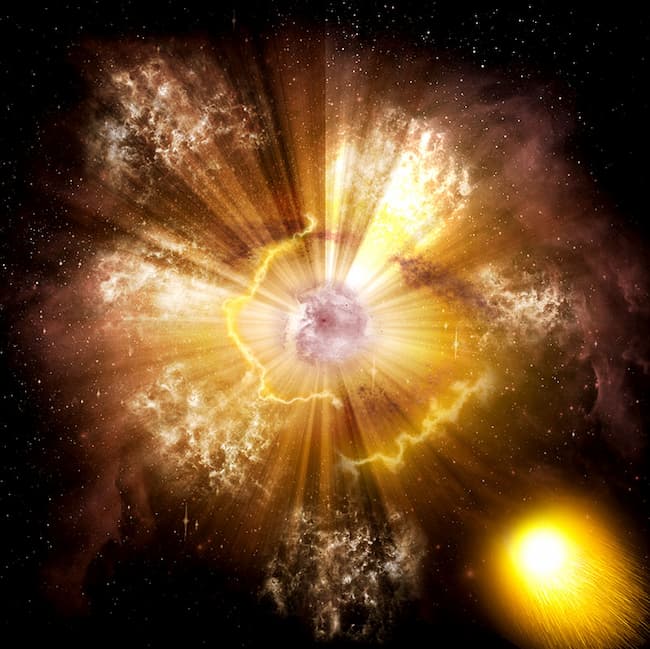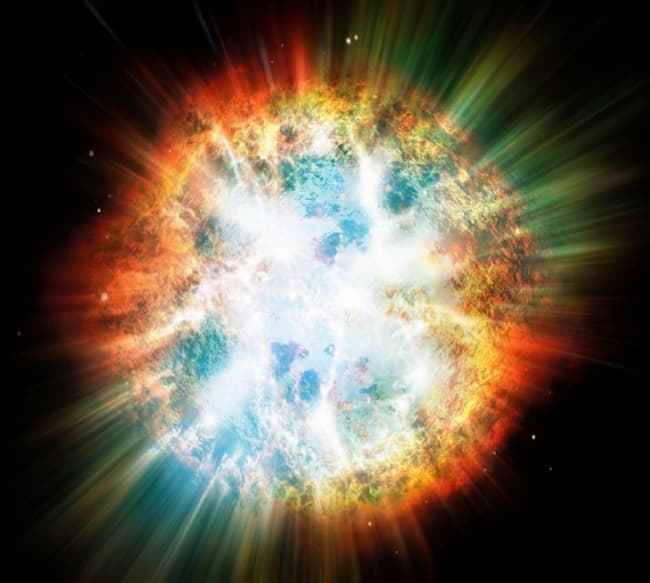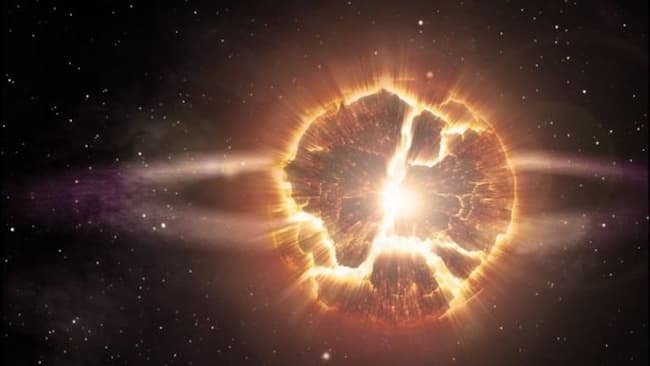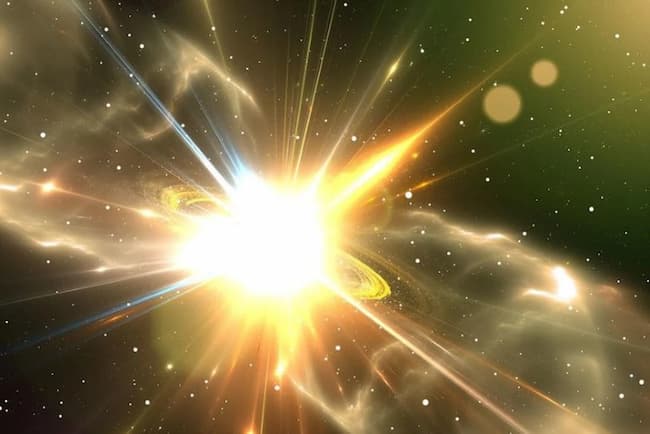Astronomers have long been intrigued by these fast-moving clouds, searching for answers to their mysteries.

New research suggests that a mysterious and rapidly moving cloud in space may be the aftermath of a massive stellar explosion that occurred 100,000 years ago. The explosion resulted in the birth of a neutron star located approximately 532 light-years away.

High-velocity clouds (HVCs) are concentrations of hydrogen gas that often exist within large complexes. Their extraordinary speeds defy the expected rotation of the Milky Way. This recent study sheds light on the origin of HVCs, a topic that has perplexed scientists for decades.

Joan Schmelz, an astronomer at the Universities Space Research Association and the lead author of the research, remarked, “Understanding the distance is the key to unraveling the mysteries of HVCs. Many puzzles could be solved if only we knew their exact distances.”
By focusing on an HVC called “MI,” Schmelz and her colleagues discovered an evacuated cavity within its structure. This cavity may have been cleared by a supernova—an enormous explosion resulting from a dying star.
Within the central region of MI’s cavity lies the giant star 56 Ursae Majoris, part of a binary system with another star that is challenging to observe. This second compact object is now known to be a neutron star, an incredibly dense remnant formed when a massive star undergoes a supernova. Therefore, the supernova event could have propelled the HVC, named MI, to its remarkable speeds.

Until now, supernovas were mostly deemed insufficient in providing the necessary kick to accelerate HVCs to their observed velocities. However, MI may belong to a group of closely associated HVCs that defy this conventional understanding.
Could supernovas be responsible for the high velocities of HVCs?
Many models place HVCs in the halo region of the Milky Way, situated far from the galaxy’s spiral arms and central bulge, thousands of light-years away from the Sun.
At these vast distances, larger HVC complexes could contain massive amounts of gas suitable for star formation, equivalent to millions of times the mass of the Sun. This would make these complexes significant sites for star formation, playing a crucial role in galactic evolution.
Various theories propose alternative origins for HVC complexes, including the possibility that the Milky Way has ripped them from other galaxies or that our own galaxy has ejected HVCs that are now slowly returning.
Previously, many scientists dismissed older supernovas as the source of HVCs due to their seemingly insufficient energy to launch massive HVCs at their observed velocities. However, this conclusion primarily applied to HVCs located at tremendous distances.
If some HVCs are closer, supernovas could indeed contribute to their origins. MI is relatively close to us, at least in astronomical terms, and its mass and energy align with what is expected from a supernova.
Gerrit Verschuur, an HVC expert and co-author of the research, pointed out, “Ironically, the scenario for MI only came together because we were exploring low-velocity gas in the direction of high-velocity clouds. If this supernova model is correct, it gives us a definitive distance to MI.”
So far, the team has only investigated this particular scenario for MI, made possible by the fact that the supernova event that created the neutron star left its companion, 56 Ursae Majoris, intact.
This suggests that the Milky Way may contain many similar stellar remnants featuring gas structures with remarkable velocities but lacking a bright companion star to facilitate their identification. Consequently, the origin of HVCs will likely remain a subject of intense debate among astronomers. MI may become one of the few objects of its kind with a definitive history and a well-defined distance associated with it.

